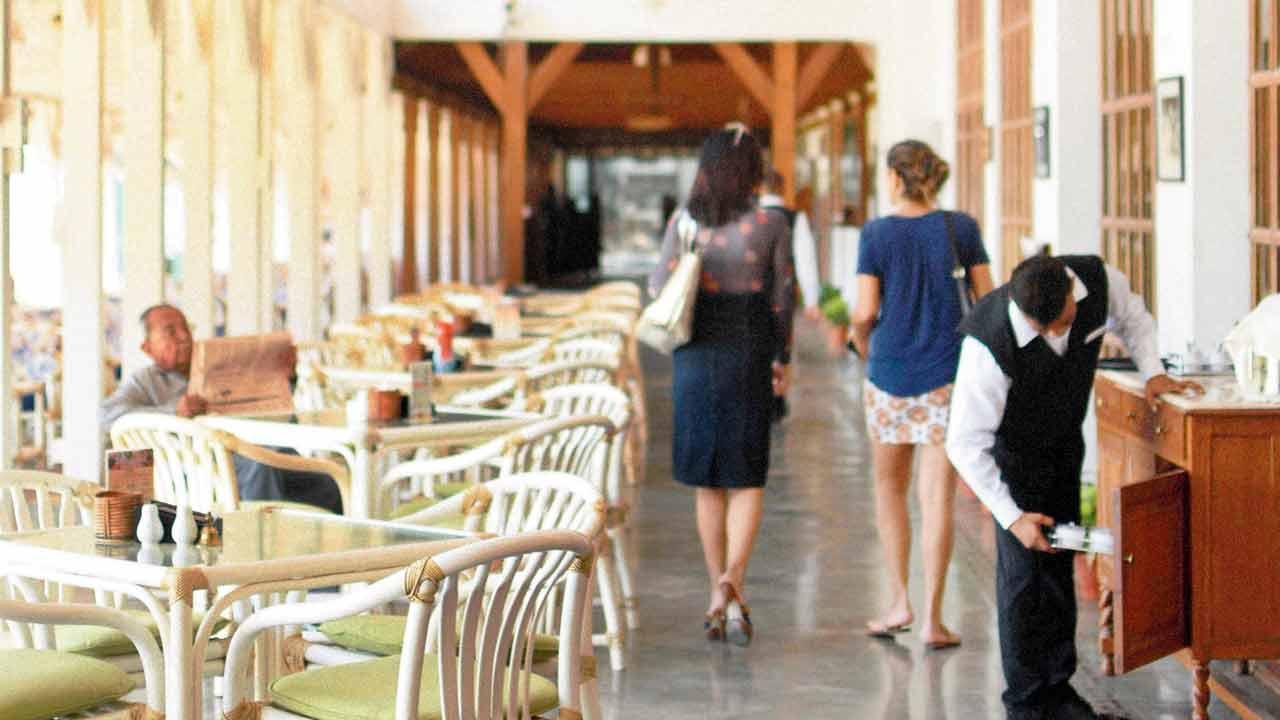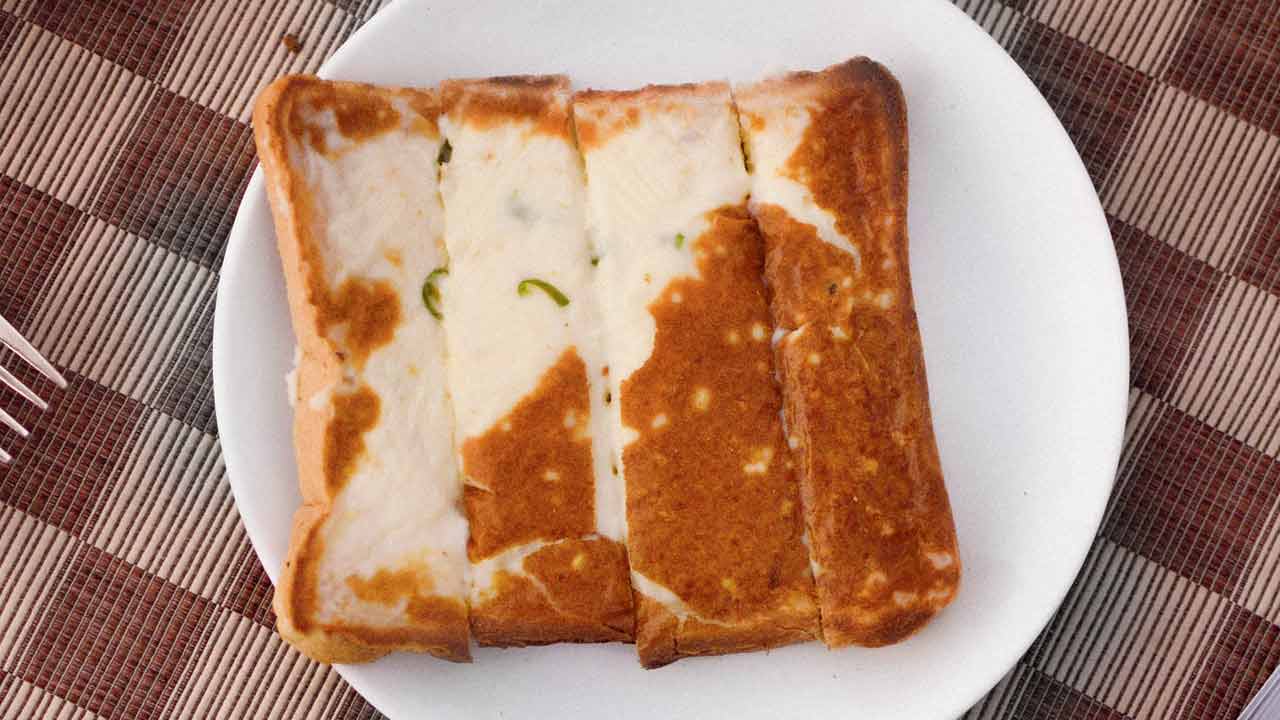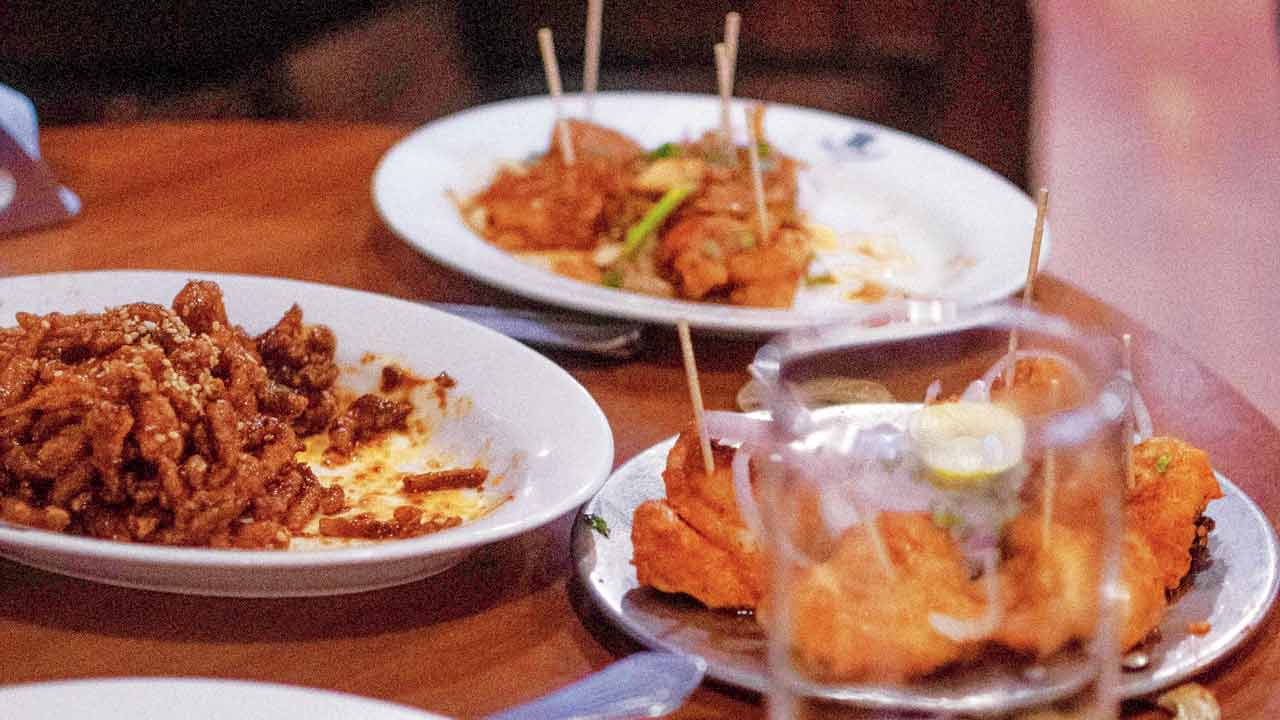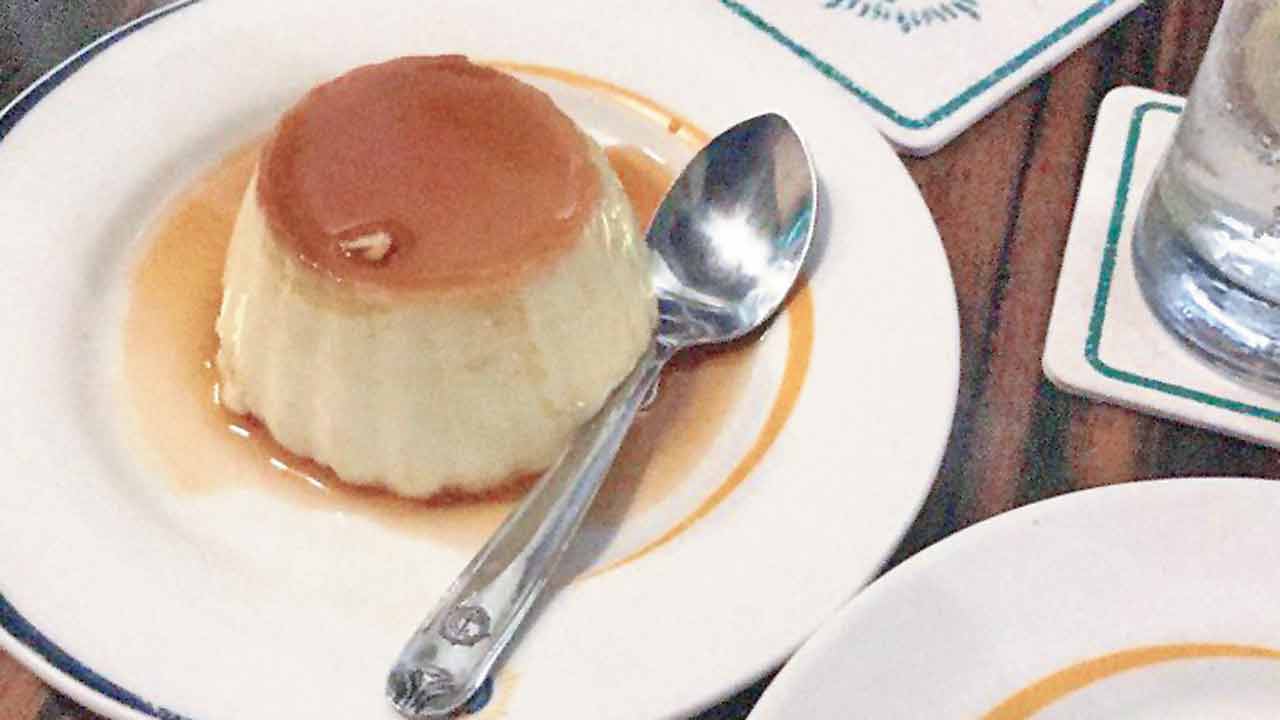Sign up for this workshop to explore the history of Mumbai’s colonial-era clubs through their menus and food, while you create your own menu to reflect your life and experiences

The Bombay Gymkhana
With fast-paced developments across Mumbai’s food-scape — where croissants and bibimbap are taking over menus, chilli cheese toast and caramel custard from colonial-era clubs remain classic favourites. How do they match up to diverse culinary tastes that have swept the city? Sneha Mehta from Play Fare, an independent research project that investigates the history and tradition of colonial-era clubs, credits the relevance and appeal of these dishes to being time-tested offerings. They pack in a sense of familiarity and strong emotions that are associated with food. You can join founders Mehta and Mallika Chandra today in the second edition of Guest Special, where they will unpack the identity and history of colonial-era clubs through food.
“The fact that [these dishes] haven’t changed shows their strength,” Mehta notes. This makes colonial clubs like Breach Candy Club, Bombay Gymkhana, Royal Bombay Yacht Club, Cricket Club of India and Willingdon Sports Club good research areas. Vritika Lalwani, founder, Praxis, an independent creative studio that will facilitate the event, shares, “We’ll also touch upon decoding club culture from a visual lens. Clubs have a specific look and feel that shape their identity.” This includes the menus, furniture, and notices that might still be printed as Word documents. Shamika Desai, programming partner, Praxis explains that from this, one can look into the social cues they impart and the impact they bear on people’s behaviour within club spaces. But that’s not to say that these spaces are still frozen in the 19th century when Mumbai’s first club, The Byculla Club, opened its doors in 1833.

Vritika Lalwani, Mallika Chandra and Sneha Mehta
Mehta narrates that they were initially places to eat outside the home, catering to the British. Today, while they retain the imprint of their time — servers in waistcoats, exclusive memberships and quintessential club menus, from their design to their dishes — they’ve undergone a hybridisation. They’re not just serving Welsh Rarebit; they’ve got dahi puri and other chaat favourites on the menu. Another obvious change colonial clubs have undergone is the entry of Indian members. From signboards that restricted entry to dogs and Indians, and having strict gender demarcations, these clubs have now become spaces that cater to the family, with their elitism intact.
Why hold on to this exclusivity? “That is the nature of these clubs,” Mehta tells us. Their closed membership maintains the sought-after privacy, access to a community with common interests and offerings like open spaces, subsidised food rates and other facilities for members. It’s not just the colonial-era clubs but their by-products that continue the trend. Like The Bandra Gymkhana that opened nearly 90 years ago, offers exclusive membership to East Indian Catholics with the same facilities.
The event will guide participants in creating their own menus to reflect their individual history and help interpret their personal experiences through food. One can do this while snacking on club favourites with a twist. For the event, KMC* will serve up a Bombay toastie chip and dip, and chilli cheese toast-inspired tacos.

Chilli cheese toast: Dishes like cheese chilli toast were invented when the colonists wanted to recreate home food. Without proper equipment, the result was ash-like and burnt bread. In an innovative attempt to correct this trial and error mishap, the chef at Breach Candy Club would add toppings to hide the burnt look and flavour, giving us the classic chilli cheese toast

Chicken manchurian: Chicken manchurian was invented at The Bombay Gymkhana of India when its chef Nelson Wang, in 1975, created it at the request of a guest who wanted to be surprised with something new. Wang went on to open China Garden in Kemps Corner. Chicken manchurian went on to become one of the most popular Indian Chinese dishes. pics courtesy/play fare

Caramel custard: A star dessert at the Cricket Club of India, the dish was invented when colonial memsahibs found out that Indian cooks were not equipped to make complex European pastries. Although easy to make, the delicate dish needed care. However, custard powder from surplus British army stocks became a handy option until India’s first home-grown brand Weikfield started supplying custard powder in 1956
On: Today; 7 pm
At: KMC*, Kitab Mahal, 1st Floor, Azad Maidan, Fort.
Log on to: praxis-arts.com/guestspecial
Cost: Rs 1,200
 Subscribe today by clicking the link and stay updated with the latest news!" Click here!
Subscribe today by clicking the link and stay updated with the latest news!" Click here!










